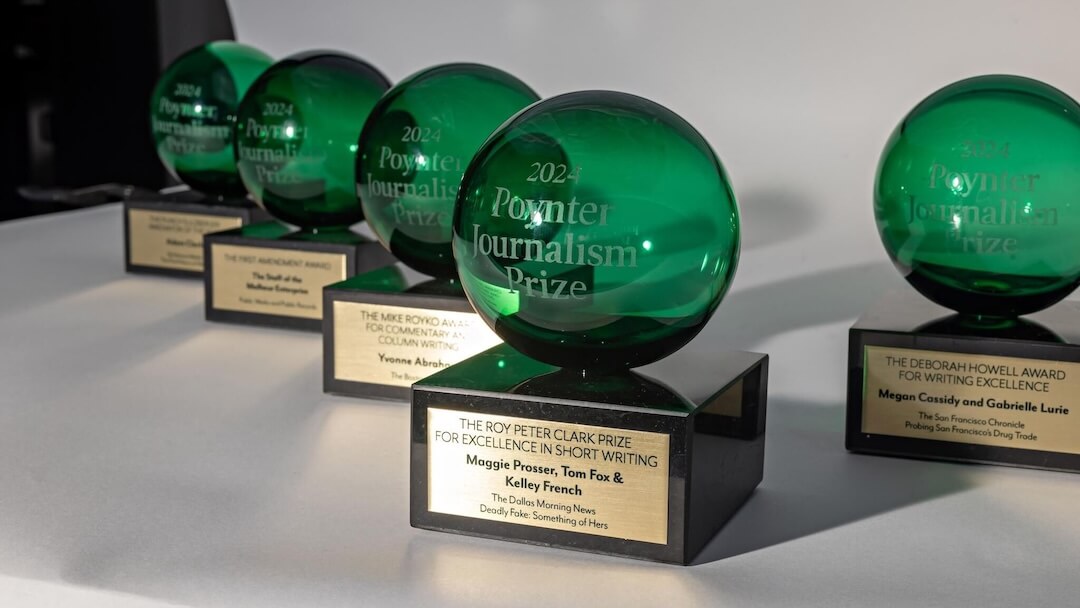The dash is the Kim Kardashian of punctuation marks: misplaced, over-exposed, shamelessly self-promoting, always eager to elbow out her jealous sisters the comma, colon, and semicolon.
My friend and mentor Don Fry has for years waged a holy war against the dash. Not the hundred-yard dash or a dash of paprika, but that most horizontal mode of punctuation, also known as an em dash — so named because it’s about as wide as a capital “M” in some typefaces.
Don, known as an enthusiastic exaggerator, has drummed up his opposition to the dash to ramming speed, and, truth be told, I can’t remember seeing a single instance of that mini-flatline in his own writing. He argues that writers use the dash profligately as a substitute for another more precise mark, and that the failure to learn, say, the colon or semicolon has created a dependence on the dash as the fallback punctuation tool.
I followed Don’s lead for a while and found that in most cases I was better off with something other than the dash. Then one day I sat staring at a sentence in frustration until my eyes went out of focus and my nose started to bleed. Suddenly it hit me: I needed a dash! Once liberated from Don’s orthodoxy, I began to see useful dashes everywhere, especially in the work of some of my favorite authors.
You know, every now and then, that Kim Kardashian looks pretty hot, doesn’t she?

Kim Kardashian, Khloe Kardashian and Kourtney Kardashian attend the opening of their boutique Dash — seriously, that’s its name — in Miami Beach, Florida, in March. (Photo by Omar Vega/Invision/AP)
My reading reminded me that the dash has two important uses: 1) a pair of dashes can be used — like these two — to embed one sentence or important thought in another; and 2) a dash can be used for emphasis in sharp moments when you want to end a sentence with a stab — like this.
Verlyn Klinkenborg writes essays that often appear in the New York Times, as did this one about a striking coincidence concerning an infamous rocker of the 1960s:
It has been nearly 40 years since the rocker Jim Morrison died. But last week — the day after Morrison would have turned 65 — he appeared in the New York Times in two obituaries: his father’s and that of the owner of the Los Angeles club, Whisky A Go Go, where Morrison’s band, the Doors, got its big break.
Let’s revise that second sentence using commas to replace the dashes:
But last week, the day after Morrison would have turned 65, he appeared in the New York Times in two obituaries…
Those commas would pass Don Fry’s abolitionist test, but I don’t think they make the sentence better. Marking off the embedded clause with dashes sets it apart from the rest of the sentence and highlights an interesting pair of coincidences. With 65 being the traditional retirement age, that clause contains a backstory and a moral lesson of sorts, reminding us of the great music Morrison might have created if a dissolute lifestyle had not led him to an early and much-visited Paris grave.
Klinkenborg wonders aloud about such lessons:
You can play this kind of moral Sudoku — finding the patterns — with the obituaries every day. Look at those summary lives. See how they fit together — or not.
To fit together his words and ideas in those three sentences, the author uses two dashes to embed “finding the patterns” and another at the end to emphasize “or not.” So Don, I say with the love of a true brother: Abolishing baseball’s reserve clause was good; abolishing the dash not so good, especially when that tool is used with care.
It takes a nerd badge to proclaim a favorite dash of all time, but here’s mine, from one of the most famous endings in American literature:
Gatsby believed in the green light, the orgastic future that year by year recedes before us. It eluded us then, but that’s no matter — tomorrow we will run faster, stretch out our arms farther….And one fine morning —-
So we beat on, boats against the current, borne back ceaselessly into the past.
In the authorized text, that dash after “morning” is twice as long as the one after “matter.” Its length, position, and purpose turn it into end punctuation, more than a period, perhaps something like a “double full stop.”
This proves an important point about marks of punctuation: They may come to us as a set of rules, but they serve the writer as tools of meaning and emphasis.
As for the Kardashians, I have just been informed — I am not lying — that they have created a chain of retail outlets called Dash.
Parts of this essay are reprinted in The Glamour of Grammar. All the Kardashian stuff is new.








Comments